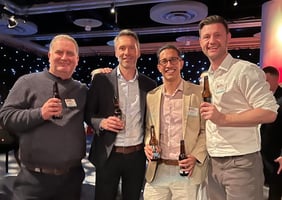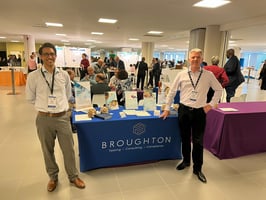Day 1 of DDL opened with Federico Lavorini’s history and future of drug delivery, and it was a lively presentation… the perfect inhaler was very different from what one might think! The first session...
Association of Inhalation Toxicologists Annual Conference 2023
Toxicology
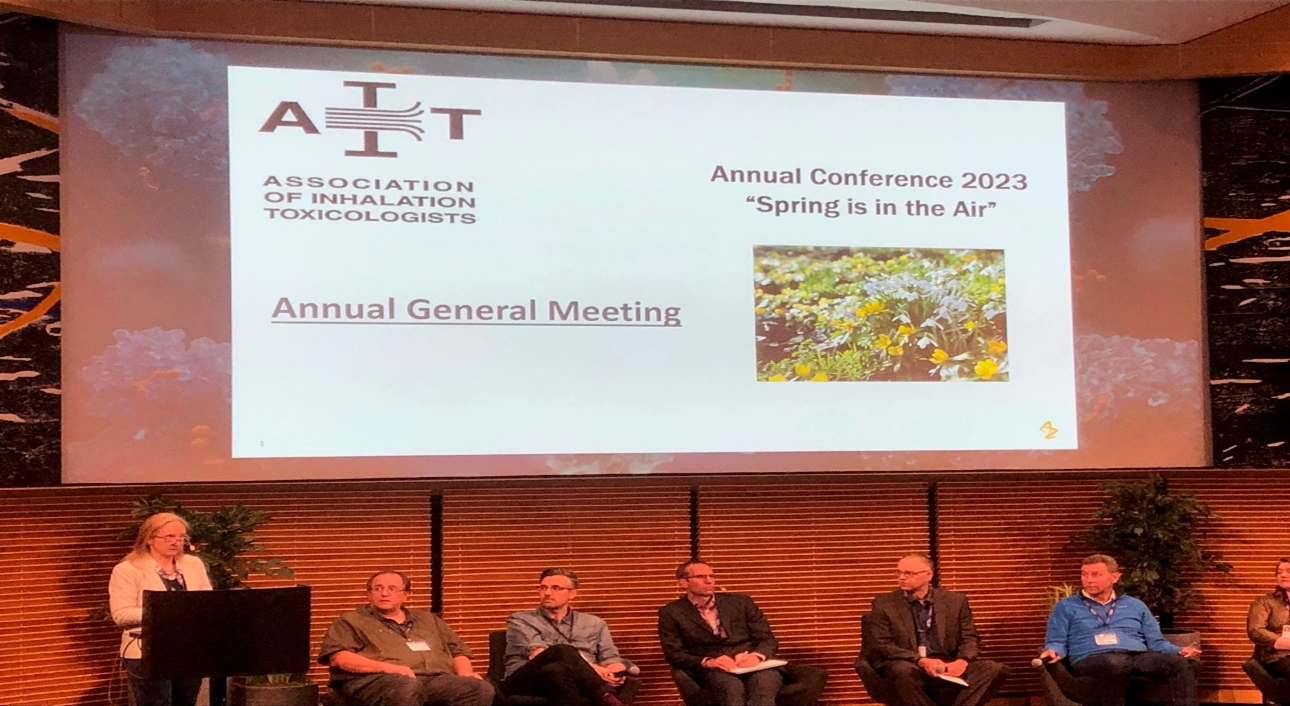
Jun 28, 2023 | Published by Dean Hatt
Toxicology, Pharmaceuticals
AIT (Association of Inhalation Toxicologists) was held at the AstraZeneca facility in Gothenburg, Sweden, in May. Day one opened with two-minute pitches from the ten exhibitors including ImmuONE, Epithelix, Alveolix, MatTek, and Cerulean.
This was followed by an all-day in vitro inhalation session. It was kicked off by Mary McElroy (Charles River Labs) and Hanan Osman Pochet (PKDERM) with presentations and discussions about their new in vitro continuous flow system that mimics in vivo delivery and/or the use of 3D models. It was particularly interesting to see large contract research organizations (CROs) utilising in vitro models such as EpiAirway/MucilAir for many of their clients.
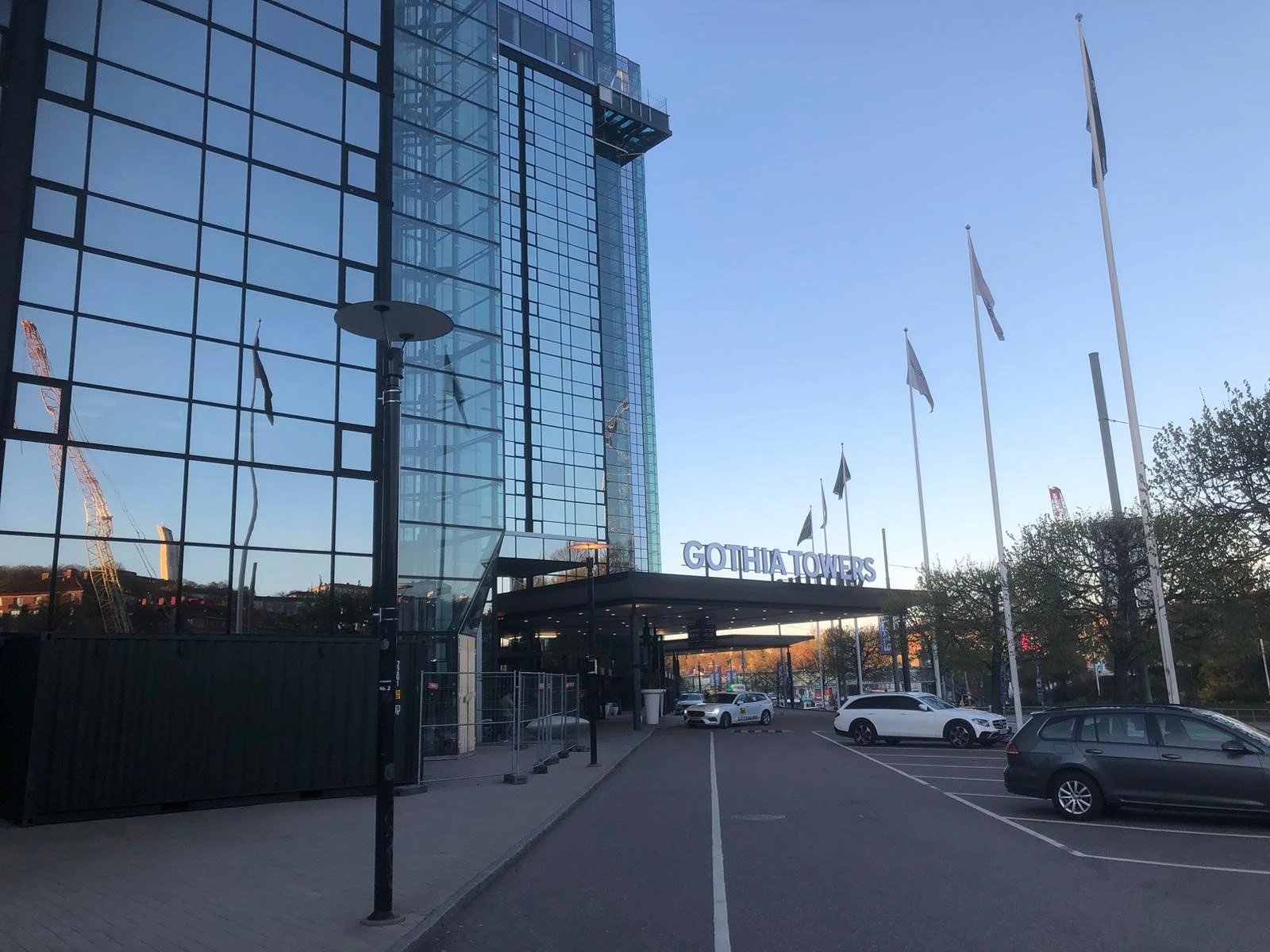
The day continued with some fascinating insights into the various in vitro inhalation models, with Clive Roper (consultant) and Paul Fitzspatrick (AstraZeneca) presenting from an independent or large pharmaceutical perspective, respectively. The take-home message from their session was that no one has assessed the in vitro models holistically yet so using consultants is your best option when considering this route. Few in vitro models are accredited as GMP, and although this may be fine, there is often large variability between the models. An interesting by-product of the session was I also learned that NAMs are ‘New Approach Methodologies’, rats have more complex nasal turbinates than humans, and acrolein levels are very high in commercial frying kitchens!
The remainder of the day focused on case studies demonstrating bespoke in vitro investigations into different disease states. Of note was an in vitro fibrosis model talk given by Otmar Schmid (Hemholtz) and an inhalation breathing lung-on-a-chip model by Giulia Raggi (Alveolix). Key learnings here were that the cause of pulmonary fibrosis is largely unknown and that 45% of people with long COVID have developed lung fibrosis. Among post covid-19 medical complications, pulmonary fibrosis (PCPF) is one of the most worrying pulmonary complications.
Listening to the various presentations and talking to the various exhibitors, the message I took home was that there are many different approaches with regard in vitro models, and they are already being used extensively by CROs, large pharmaceutical companies, and smaller biotechs. The industry agrees that in vitro is the direction of travel. Different in vitro models are commercially available so can be easily transferred, but high levels of translation are still required for each project. The in vitro models discussed in depth during AIT were MucilAir, SmallAir, AlveolAir, ImmuPHAGE, ImmuLUNG, TEEM (Trans-Epithelial Exposure Model), expoCube, EpiAirway, EpiAlveolar, and AlveoliX-on-chip.
Day two started with the morning devoted to cannabis toxicology. David Potter, the very first employee of GW Pharma, gave a brilliant talk on horticulture and the production of cannabis for pharmaceutical products. Followed by an equally interesting talk by Chandni Hindocha (Jazz Pharma) on the worldwide classification and regulation of cannabis. This was then nicely triaged by a talk on aerosol generation and the transportation of cannabis by Ian Tindall (Cerulean). A reoccurring theme of the morning was the regulatory approval status of the various classes of cannabis and the complex regulatory situation. The final talk of the morning session focused on the EVALI cannabis vape crisis of 2019 in the US, where consumer deaths and illnesses were ultimately traced to vitamin E acetate in the e-liquid.
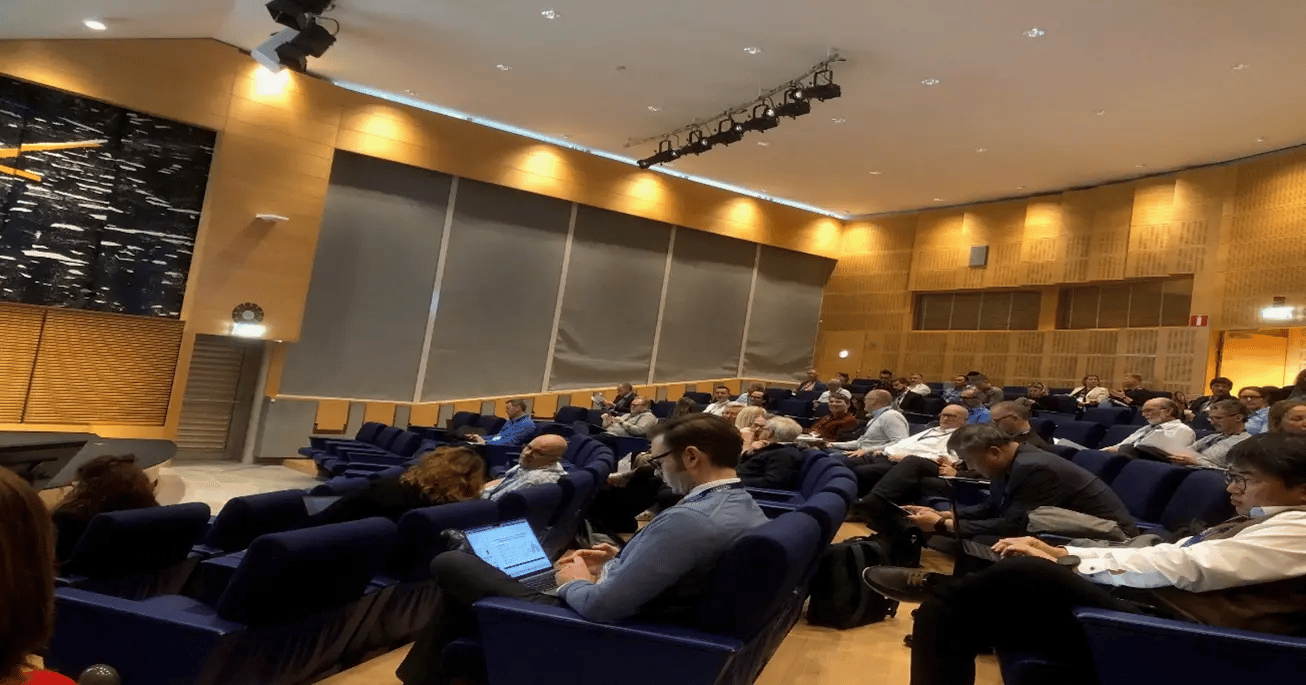
There were also presentations on the aerosolization and inhaled use of cannabis and a panel discussion featuring all the cannabis-related presenters and session hosts. This offered an excellent opportunity to ask questions and stimulated a good discussion among the participants, particularly around issues with dose setting and the characterisation of inhaled cannabis.
The afternoon session of day two was devoted to in vivo inhalation and the AIT AGM. There were presentations on animal welfare, inhalation face-mask design using computational fluid dynamics by Dr Simon Moore (Labcorp), and an interesting trawl through juvenile toxicology requirements by the industry guru Professor Paul Baldrick.
The final day of the event enabled the host company, AstraZeneca (AZ), to showcase their laboratories and highlight some of their research. Many of these case studies were fascinating and included such topics as formulation design for inhalation studies, early discovery inhalation models, pre-clinical inhalation programs, and the safety/tox issues that plague new chemical entities. The lab tour was also informative; showing their investment in 3D models, information technology, and inhalation labs, which took me back to a previous life of running in vivo inhalation studies.
This was the first time in eight years that I have attended the AIT conference. I was able to build new connections and re-connect with many people in this incredibly dynamic industry sector where in vitro is on track to become the ‘new in vivo’, even if it doesn’t replace it in its entirety. There were excellent speakers, exhibitors, and posters. It was great to be there in person to network with peers, share ideas and look toward the future.
For more information on Broughton's inhalation testing service package, click here.
